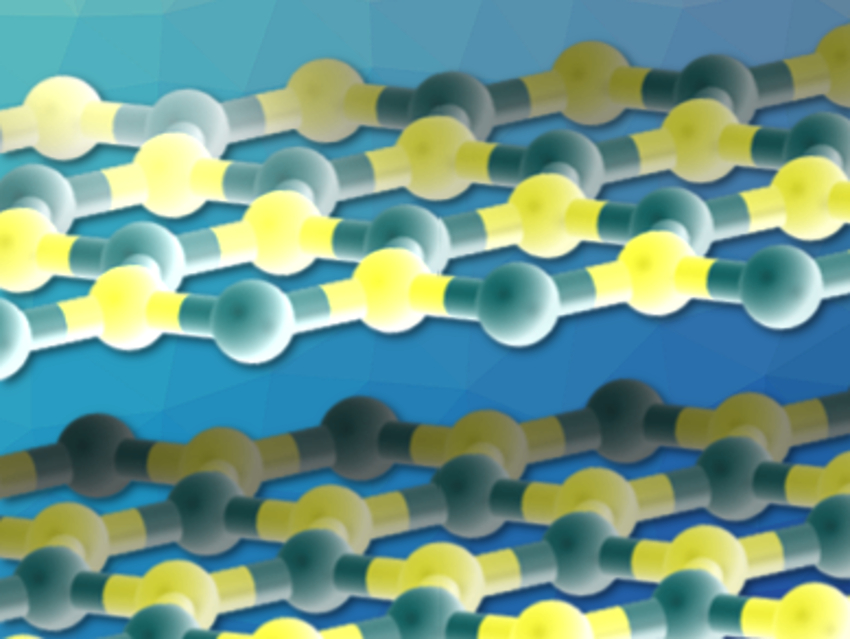Hexagonal boron nitride (h-BN)—also known as “white graphene”—is an important 2D material. It can be used as an effective insulator material, e.g., in optoelectronic and nanoelectronic devices. Unlike graphene, h-BN has a very weak Raman signal. This is a problem as Raman spectroscopy is one of the most commonly used methods for analyzing the properties of graphene and similar materials. It, thus, makes it more challenging to quantify the properties—such as thickness, doping, and strain effects—of 2D h-BN samples.
To overcome this, Minbiao Ji, Liwu Zhang, Zhengzong Sun, and colleagues at Fudan University, China, used stimulated Raman scattering (SRS) to enhance the Raman-active E2g vibration mode of h-BN. The team also used coherent Raman scattering (CRS) and coherent anti-Stokes Raman scattering (CARS) to analyze the samples. In contrast to “normal” Raman spectroscopy, SRS involves a second laser beam with a different frequency that enhances the signal.
The team was able to characterize h-BN sheets with SRS in a rapid process that creates high-resolution images. The intensity of the SRS signal was found to depend linearly on the h-BN thickness, which allowed the researchers to determine the flake thickness.
- Vibrational Imaging and Quantification of Two-Dimensional Hexagonal Boron Nitride with Stimulated Raman Scattering,
Jiwei Ling, Xianchong Miao, Yangye Sun, Yiqing Feng, Liwu Zhang, Zhengzong Sun, Minbiao Ji,
ACS Nano 2019.
https://doi.org/10.1021/acsnano.9b06337



